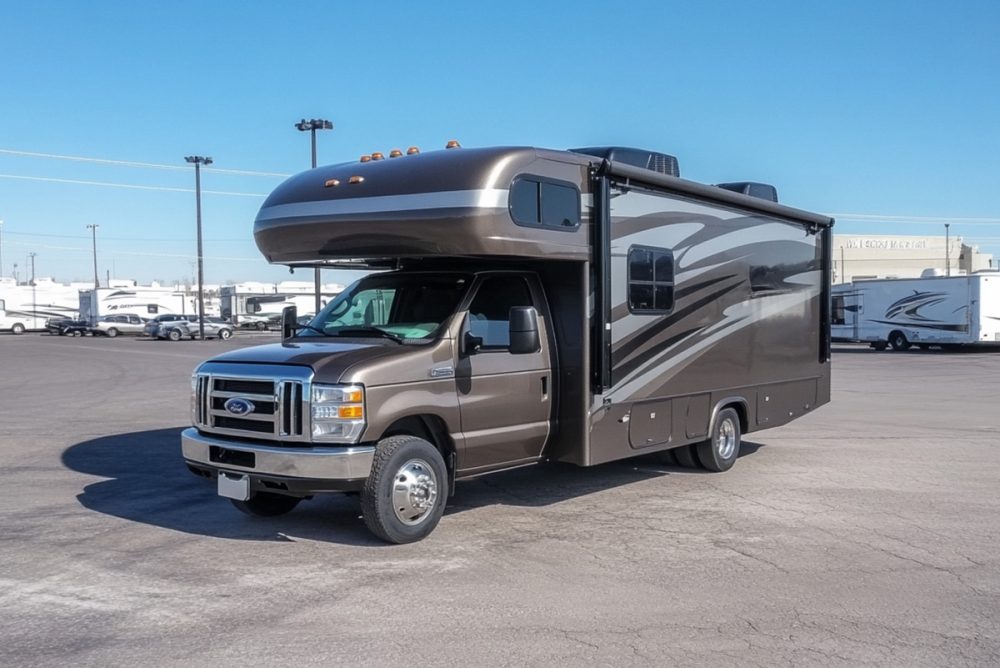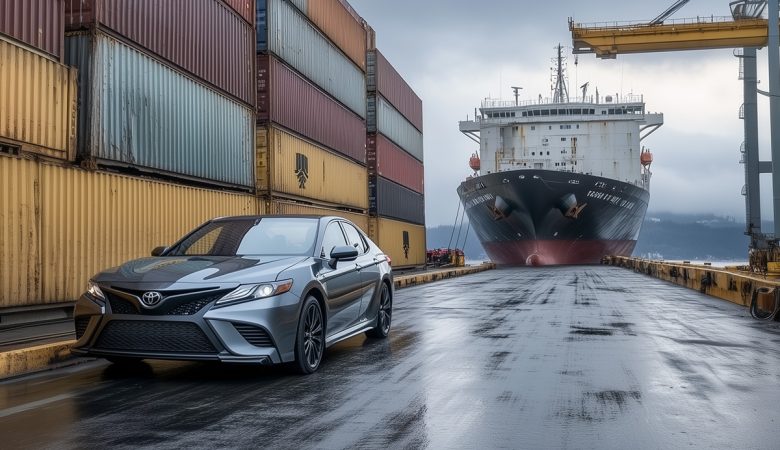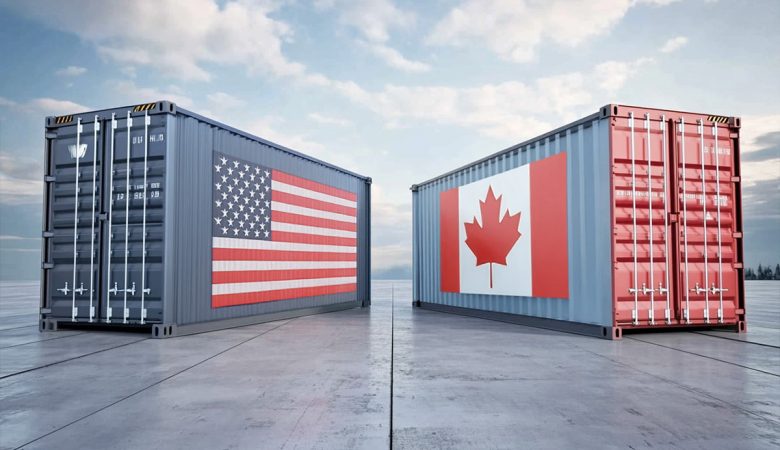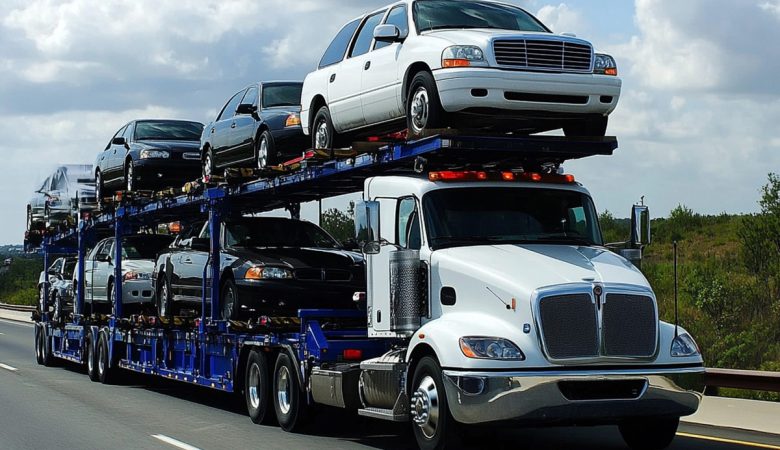1. Introduction
Owning an RV offers you a great freedom, whether you’re exploring new destinations, relocating for a change of scenery, or enjoying some seasonal travel. However, transporting your RV to its next adventure or home can be a rather complex process.
So, understanding the ins and outs of RV transport is important for ensuring a smooth transition. From choosing the right RV transport companies to learning the specifics of trailer haulage, knowing what to expect can save you a bunch of time, money, and potential headaches down the line.
This guide will walk you through the essential steps and considerations involved in shipping your RV, helping you make informed decisions and ensuring that your vehicle arrives safely and efficiently at its next destination.
2. Why You Might Need to Ship an RV?
Shipping an RV can be necessary for various reasons, each requiring careful planning and execution.
Relocation is one of the most common reasons for RV shipping. Whether you’re moving to a new home or simply want to change locations, hauling your RV to a new destination makes sure that your mobile living space is seamlessly integrated into your new life.
Purchase is another scenario where shipping an RV becomes important. When buying an RV from a seller located far away from your home, you’ll need to arrange for the RV to be transported to your location. RV movers or camper movers can facilitate this process, ensuring your newly purchased RV arrives safely and efficiently at your doorstep.
Seasonal Travel also necessitates shipping RVs. Many RV owners relocate their vehicles to different regions based on the season. For example, moving their RV to a warmer climate during the winter months.
In these cases, hiring hauling companies to manage the transport can make seasonal transitions smooth and stress-free. So, understanding the logistics of RV transport for these scenarios can improve your RV experience, allowing you to focus on enjoying your travels and new locations.
3. Choosing the Right Shipping Method
When it comes to shipping an RV, picking the right method can greatly affect both the cost and safety of your vehicle. Here’s a detailed look at the primary shipping methods available: flatbed transport, enclosed transport, and drive-away service.
Flatbed Transport
Overview: Flatbed transport involves loading the RV onto an open flatbed trailer. This method is straightforward and allows the RV to be securely fastened while being transported.
Pros and Cons:
- Pros: One of the key benefits of flatbed transport is excellent visibility during transit. This allows for easy monitoring of the RV and quicker detection of any potential issues. Additionally, flatbed transport can accommodate large RVs that might not fit into enclosed trailers.
- Cons: However, the open nature of flatbed transport exposes the RV to the elements, such as rain or snow. This can lead to wear and tear on the exterior of the RV. Furthermore, exposure to road debris might cause damage during transit.
Enclosed Transport
Overview: Enclosed transport involves shipping the RV inside a fully enclosed trailer. This method provides great protection from environmental factors.
Pros and Cons:
- Pros: The primary benefit of enclosed transport is the protection it offers. Your RV is protected from weather conditions and road debris, minimizing the risk of exterior damage. This method is ideal for high-value RVs or those that require extra care.
- Cons: But this also results in a higher cost compared to open transport. The cost reflects the added security and protection offered. Additionally, enclosed trailers have size limitations, which could affect larger RVs.
Drive-Away Service
Overview: A drive-away service involves hiring a professional driver from an RV moving company to drive your RV to its next destination. This service is convenient for those who prefer not to handle the logistics of transport themselves.
Pros and Cons:
- Pros: The main pro of drive-away service is direct delivery. The RV is driven directly to your chosen destination, which can be more straightforward than arranging transportation. This method can also be less expensive than enclosed transport for short distances.
- Cons: One potential downside is the wear and tear on the RV from the driving process. Additionally, there’s a risk associated with relying on a driver who may not be familiar with your specific RV model. For longer distances, this method might not be as practical as other shipping options.
4. Preparing Your RV for Shipping
Preparing your RV for shipping is important to ensure it arrives at its destination in excellent condition. Here’s a small guide to help you get your RV ready for transport:
Inspection: Perform a thorough inspection of your RV before shipping. Check for any existing damage and document it with photos. This step is vital for identifying any pre-existing issues. It also helps in filing an insurance claim if new damage occurs during transit.
Cleaning: Clean your RV inside and out. Removing dirt, debris, and personal items makes sure that your RV is in good condition for transport and helps prevent any potential issues that could appear from loose items or dirt interfering with the shipping process. A clean RV also makes it easier for inspectors to spot any damage.
Securing: Secure all loose items inside the RV. This includes stowing away or securing any personal belongings, furniture, or appliances. Make sure that all compartments and drawers are tightly closed to prevent them from opening during transport. Additionally, make sure the RV is properly secured on the transport vehicle by the RV moving company or RV moving service to prevent shifting.
Proper preparation is key to a smooth RV shipping process, thus, minimizing the risk of damage and ensuring a successful delivery.
5. Cost Considerations
Several factors influence the cost of RV shipping, including the distance traveled, the size and weight of the RV, and the chosen shipping method. Longer distances and larger RVs generally increase the cost due to higher fuel consumption and more complex logistics.
Additionally, the shipping method—whether flatbed, enclosed transport, or drive-away service—affects the overall price of the shipping. In order to get the best deal, you should obtain quotes from multiple RV transport services and compare them.
Using an RV shipping calculator can help estimate costs based on specific factors. Careful comparison ensures you find the most cost-effective option for your RV delivery needs.
6. Choosing a Shipping Company
Reputation & Reviews are important when selecting a company for RV shipping. You should research the company’s reputation and read customer reviews. Positive reviews and a strong reputation indicate reliability and quality service. Negative reviews may indicate potential problems with this company.
Insurance is another crucial consideration. Ensure that the shipping company provides good insurance coverage for your RV. This should include protection against damage, theft, and loss during transport. Verify the specifics of the insurance policy to make sure it meets your needs and provides peace of mind.
Licensing and Certification are vital to confirm the legitimacy and capability of the shipping company. Ensure that the RV shipping companies you consider are properly licensed and certified for camper transport and camper hauling. This guarantees that they stick to the industry standards and regulations, ensuring a safer and more reliable shipping experience.
Checklist for Choosing a Shipping Company:
- Reputation and Reviews: Research and read customer feedback.
- Insurance Coverage: Confirm adequate insurance protection.
- Licensing and Certification: Verify proper licensing and industry certification.
7. What to Expect During the Shipping Process
During the shipping process, expect varying timelines depending on factors such as distance, RV size, and the chosen shipping method.
Typically, local camper transport services may take a few days, while long-distance or travel trailer transport could take a week or even longer. It’s crucial to stay in regular contact with the shipping company to receive updates on your RV’s status and any potential delays.
Clear communication with the company ensures you’re informed of any changes in the schedule and helps address any issues. Proper coordination with your camper transport service will ensure a smoother shipping experience.
8. Receiving Your RV
Upon receiving your RV, conduct a thorough inspection immediately to check for any damage that may have occurred during transport.
Carefully compare the condition of the RV with the pre-shipment inspection report and take note of any suspicious things. It’s also crucial to keep all shipping documents and receipts, as these will be important for any insurance claims or disputes.
Checklist for Receiving Your RV:
- Inspect for Damage: Check the RV’s exterior and interior.
- Compare with Inspection Report: Ensure no new damage has occurred.
- Verify Documentation: Keep all shipping documents and receipts.
- Report Issues: Notify the shipping company of any damage immediately.
Final Words
Understanding the RV shipping process is essential for a smooth and successful experience. By choosing the right shipping method—whether it’s flatbed transport, enclosed transport, or drive-away service—you can ensure that your RV is handled as it should.
Preparing your RV with a good and thorough inspection, cleaning, and securing loose items will help safeguard it during transit. In addition, selecting a reputable shipping company, securing proper insurance, and verifying licensing are crucial steps to avoid potential issues.
Once your RV arrives at your location, inspect it immediately and keep detailed documentation will help address any concerns. By following these guidelines, you can confidently manage the logistics of RV shipping and enjoy your travels or relocation with peace of mind.






Leave a Reply
You must be logged in to post a comment.